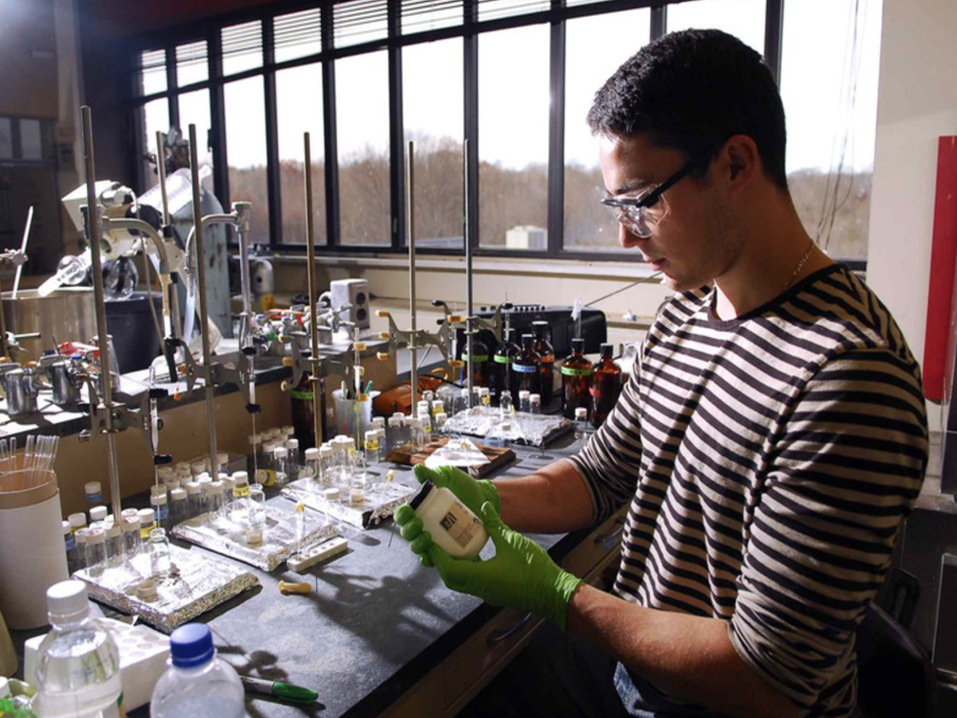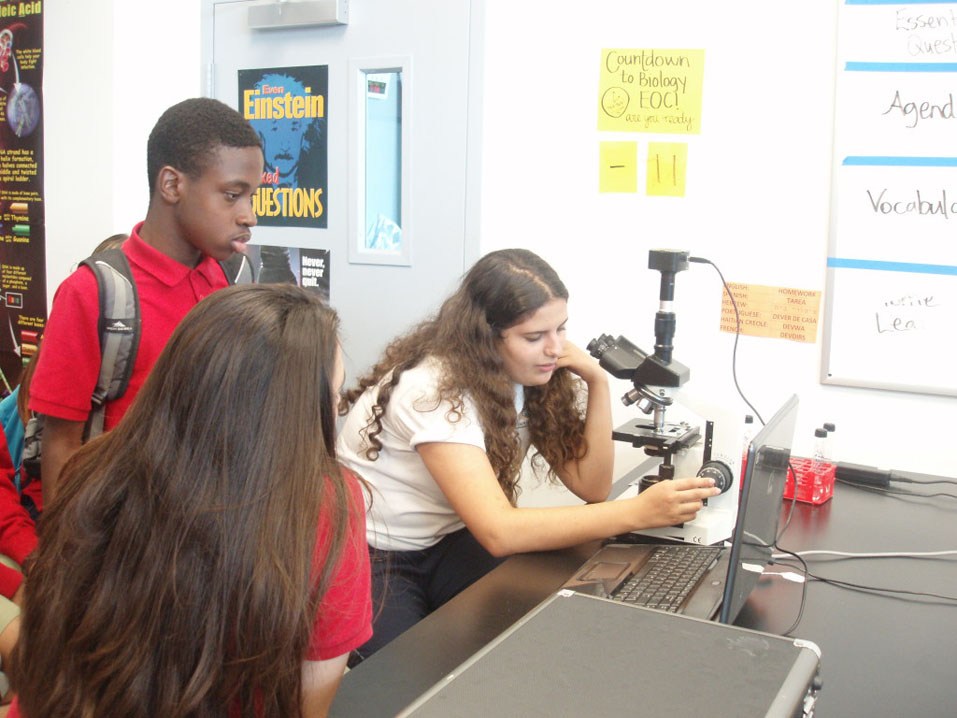[vc_row full_width=”stretch_row”][vc_column][vc_column_text]
[/vc_column_text][/vc_column][/vc_row][vc_row full_width=”stretch_row”][vc_column width=”1/2″][vc_column_text]
 [/vc_column_text][vc_column_text]
[/vc_column_text][vc_column_text]
STW Analytical Laboratory
The establishment of this analytical laboratory to conduct water research is critical to Save the Water’s mission to conduct water research to identify and remove harmful chemicals from water; to improve water quality and human health; and to apply this research towards the education of present and future generations.
We believe that these efforts are essential to advancing the understanding of water contaminants and water quality in municipal drinking water and in aquatic and marine ecosystems.
There is no other organization with a mission like Save the Water’s. The EPA is inundated with the registration of new chemical compounds, and commercial labs do not have any incentives to investigate harmful chemicals and have other priorities.
At Save the Water, we are committed to research and education of water sustainability issues as well as the identification of Contaminants of Emerging Concern. The EPA considers 7,500 of these chemicals toxic to aquatic life and humans. Questions regarding their detection and their human health effects, however, remain unanswered. Research and testing at Save the Water’s planned water laboratory will be aimed at finding answers to these detection and toxicity questions and at making sustainable development of water sources in the future a more attainable reality.[/vc_column_text][/vc_column][vc_column width=”1/2″][vc_column_text] [/vc_column_text][vc_column_text]
[/vc_column_text][vc_column_text]
STEM Education Program
Save the Water is committed to cultivating an interest in science among middle-school and high-school students across the United States. Our “Day in the Life of a Scientist” Program uses hands-on, minds-on educational tools designed to provide students in under-resourced school districts with fun and exciting learning opportunities in science.
STW sets up a unique mobile water laboratory in the classroom. Students participate in observation under a microscope, basic wet chemistry analytical tests, eco-landscape demonstrations, and presentations of live hand-in-the-water experiments which displays chemical entry into the body. This process allows students to get a genuine feel for what working in a laboratory is like.
All of the activities are grounded in scientific teaching methodology to ensure that students are involved in conducting research, asking questions, constructing hypotheses, performing experiments, and drawing conclusions just as the science is performed in academia and in industry.
To ensure that economic constraints do not exclude under-resourced schools from participating in this vital outreach activity, the program is always brought to the schools free of charge.[/vc_column_text][/vc_column][/vc_row][vc_row][vc_column][vc_wp_text]
[/vc_wp_text][/vc_column][/vc_row]

